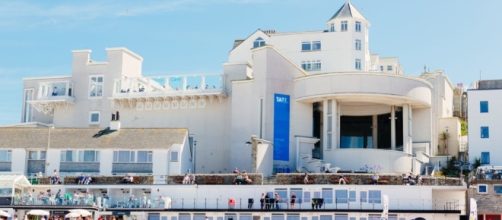Tate St. Ives has reopened its doors to visitors. The galleries were closed for a refurbishment project that was intended to take only six months, but problems with the building required an extra year to sort out. Some £20 million have already gone into the revamping efforts. The museum was established in 1993 and located in the southwest corner of England, on Porthmeor Beach, Cornwall.
The revamping project
The museum is one of the four Tate galleries: Tate Modern, Tate Britain, and Tate Liverpool. The refurbishment was a necessary expansion to introduce the significance of Modern art in international context.
According to the director of Tate St. Ives, Mark Osterfield, the year-long project had quite an impact on its surroundings. “I feel quite emotional about it,” Mark told the Guardian. He also said that in some degree St.Ives depended on the gallery, so being closed for 18 months was challenging for businesses in the area.
The Friday reopening marks the end of the first phase of the revamping, with the second phase expected to reveal a new extension in October. A large gallery for temporary exhibitions has been added to double the display space. Most of the museum’s more than 200,000 annual visitors are from the United Kingdom. International visitors only make up 10 percent of the numbers. In addition to these changes, a new artistic director is planned to start in April.
With more space, the St.Ives galleries expect 40,000 more visitors per year.
The reopening shows
The reopening presents two exhibitions, simultaneously happening to mark the reopening of the galleries. On the large curved gallery, visitors will see the largest painting by British artist Jessica Warboys. Another exhibition, an exploration of 100 years of studio pottery, will take place in the recently Refurbished galleries. British ceramists are displaying their works there, including Jesse Wine and Aaron Angell, the manager of the Troy Town Art Pottery. Angell curated one of the rooms with the works from 20 of his Troy Town studio artists, accompanied by the historical pieces from as early as 200BC to the 90s.

